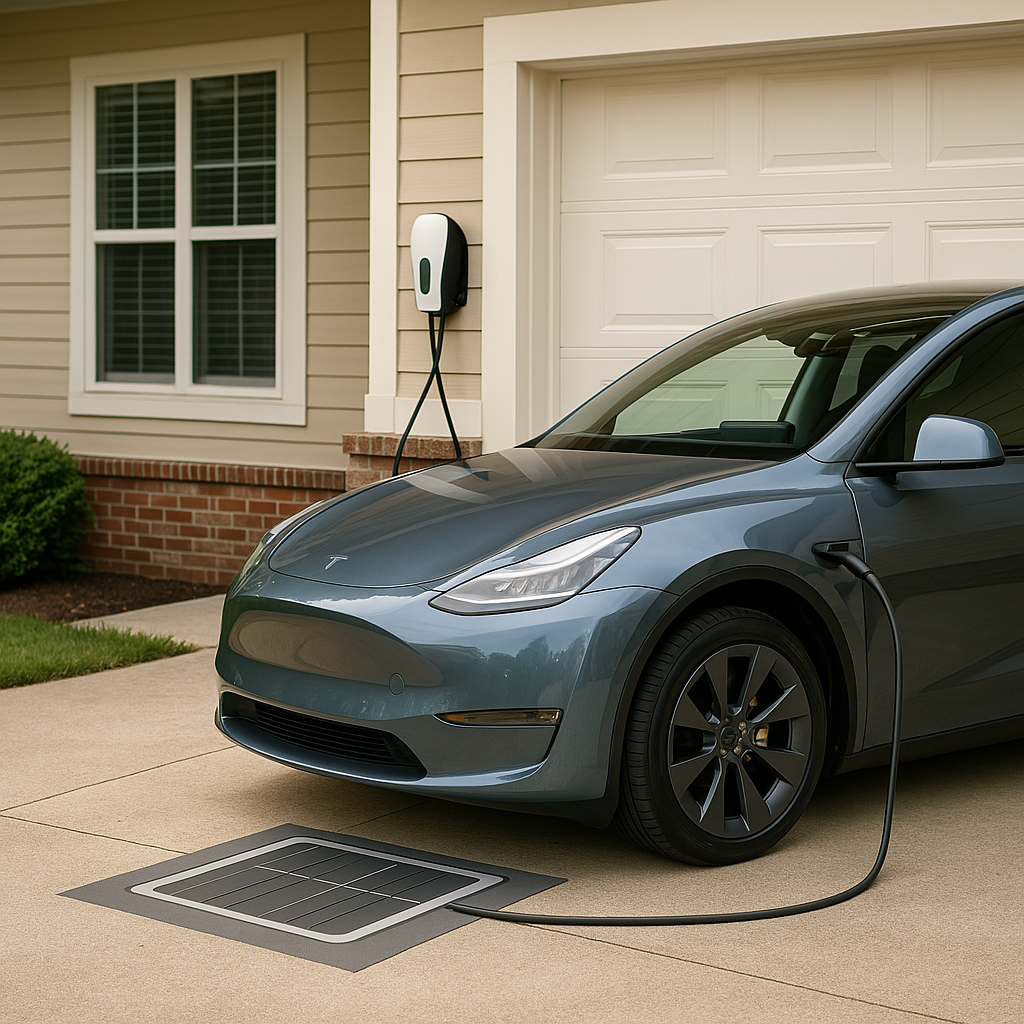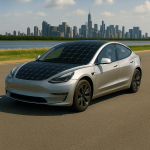As electric vehicles (EVs) continue to rise in popularity, more homeowners are considering installing their own charging stations. Home charging is not only convenient but also significantly reduces the overall cost and complexity of keeping your EV powered. However, preparing your home for EV charging involves choosing the right charger, assessing electrical capacity, budgeting costs, and understanding the installation process. This article outlines everything you need to know to get your home EV-ready.
Types of Home EV Charging Stations
When it comes to home charging, there are primarily two types of charging stations you should consider:
Level 1 Charging (120V): Level 1 chargers are the simplest and least expensive option. They plug into a standard household outlet (120V) and typically come with your electric vehicle upon purchase. However, charging speed is slow—adding about 3 to 5 miles of range per hour. This might be sufficient for short-distance drivers, but it is usually inadequate for daily commuting or frequent use.
Level 2 Charging (240V): Level 2 chargers are the most common solution for home charging, providing significantly faster charging speeds, typically adding 20–60 miles of range per hour. These chargers require a dedicated 240V circuit similar to those used for major home appliances such as dryers or ovens. Level 2 stations are highly recommended for homeowners needing consistent, overnight charging.
Assessing Your Home’s Electrical Capacity
Before installing a Level 2 charger, you’ll need to ensure that your home’s electrical system can handle the additional load. Here are the key considerations:
– Electrical Panel Evaluation: Check your home’s electrical panel capacity. Level 2 chargers usually require a dedicated 30–50 amp circuit. If your electrical panel is already near full capacity, you may need to upgrade or add a secondary panel.
– Wiring and Circuit Installation: A qualified electrician will determine whether your current wiring is sufficient or if new wiring needs to be installed. The new circuit will run from your electrical panel to the charging location, typically the garage or driveway.
– Location of Charging Station: Select a suitable location that is easily accessible, safe, weather-protected, and close to your vehicle’s parking space. Indoor installations (e.g., in a garage) are preferred for protection against harsh weather conditions, but outdoor-rated chargers are also available.
Cost Considerations for Home Charging Stations
The cost of setting up home EV charging can vary widely based on the charger type, installation complexity, and local electrical rates:
– Level 1 Charger Costs: Typically minimal since the charger usually comes with the vehicle, and no significant modifications are needed. Costs may be under $300 if buying separately.
– Level 2 Charger Costs: These chargers typically range between $500 and $1,200. Installation costs vary significantly, generally ranging from $500 to $2,000, depending on electrical panel upgrades, new wiring length, and local labor rates.
– Electrical Panel Upgrades: If necessary, upgrading your electrical panel can add $1,000–$3,000 to the overall installation costs. It’s essential to budget accordingly and consult multiple electricians for competitive quotes.
Connecting Your Home Charger to the Electrical Grid
Once your EV charging station is installed, it will need to be safely and efficiently integrated into your home’s electrical system:
– Professional Installation: Always hire a licensed electrician experienced with EV charger installations. They will ensure the charger is installed correctly and safely, in compliance with local electrical codes.
– Permits and Inspections: Many local jurisdictions require permits for installing Level 2 EV chargers. Ensure your electrician pulls the necessary permits, and schedule a local building inspection post-installation to confirm everything meets safety standards.
– Utility Company Coordination: Some utilities offer special rates, rebates, or incentives for installing EV chargers. It’s wise to check with your utility provider about available programs to lower your installation or ongoing charging costs.
Smart and Networked Chargers
Choosing a smart charger can further enhance your EV charging experience:
– Remote Monitoring and Scheduling: Smart chargers allow users to monitor charging remotely and schedule charging sessions during off-peak hours when electricity rates are cheaper.
– Energy Management Features: Advanced chargers may integrate with your home energy management system, enabling dynamic load balancing and optimization, particularly useful if you have solar panels or battery storage systems at home.
– Integration with Renewable Energy: If your home includes solar energy systems, smart chargers can intelligently use excess solar energy to charge your vehicle, further reducing your energy costs and carbon footprint.
Conclusion
Preparing your home for electric vehicle charging involves carefully selecting the right charger type, evaluating electrical infrastructure, managing installation costs, and leveraging available incentives and technology options. While initial setup costs can be significant, home charging quickly becomes cost-effective, convenient, and environmentally beneficial over time.
With careful planning and professional assistance, installing a home EV charger can significantly enhance your electric vehicle ownership experience, providing peace of mind, convenience, and considerable savings in the long run. Embracing home charging solutions today positions homeowners at the forefront of sustainable transportation and paves the way toward a greener future.



Oh, I think having a home charging setup will become increasingly essential in the near future
Oh, its mad convenient! 😎Had to mess with the wiring a bitbut now I’m only payin for that clean energy
Yo, can you hook me up with some advice? 😉
Home EV charging is a game-changer! Who’s already installed one? Worth the hassle?
Honestly, not so much. I crunched the numbers, and you ain’t gonna see that money back for a couple years, lol 😅
the win here is just cause its easy😎
Ev chargers at home really convenient!👍
Only if you got yer own house, tho… 🤷
lol home charger is soooo easy 😊😊
home evs charger is very pricey af 👎👎 meh